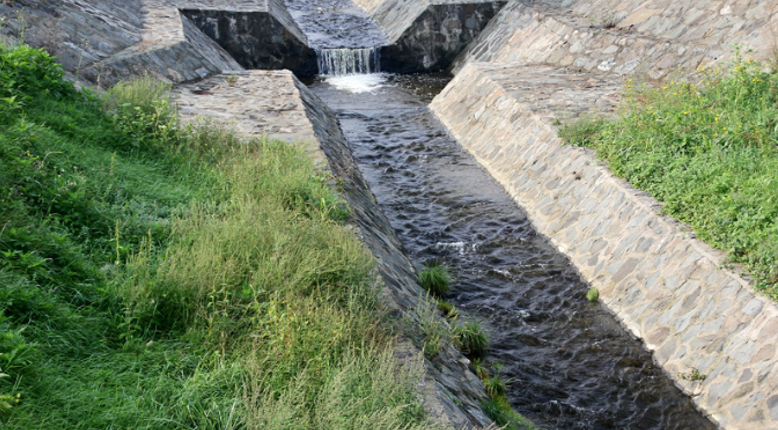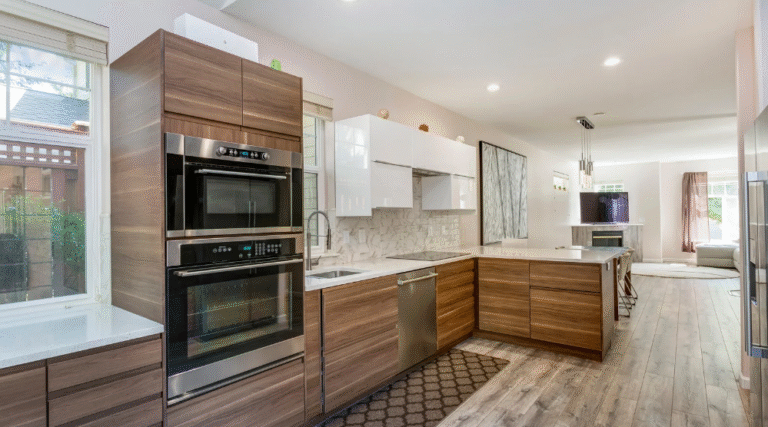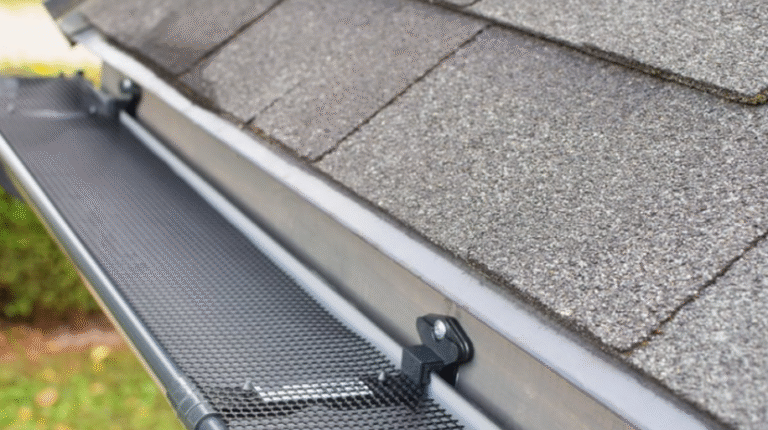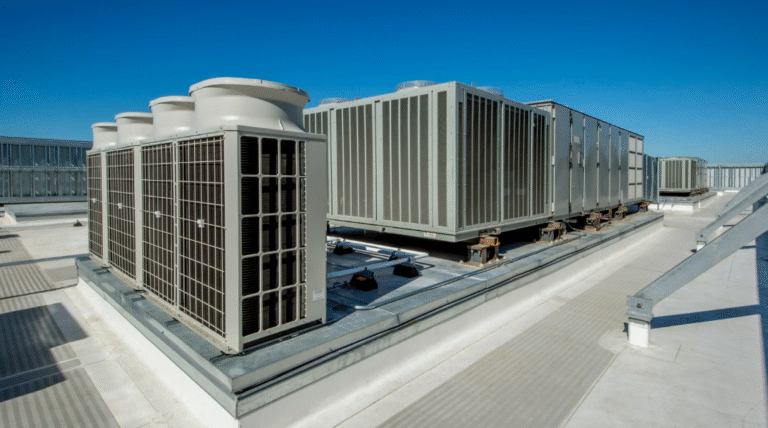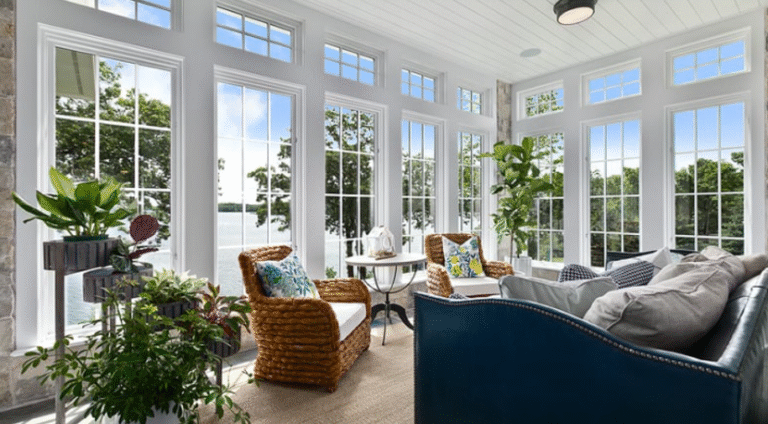How to Integrate Rain Gardens into Yard Drainage Plans
As urban development increases, managing excess rainwater on residential properties has become a growing challenge. Runoff not only damages lawns but can also erode soil, flood basements, and strain local stormwater systems. One eco-friendly and effective way to address these issues is through rain gardens. For homeowners seeking solutions for yard drainage in Johns Creek, rain gardens offer a visually appealing and highly functional addition to comprehensive drainage plans.
What Is a Rain Garden?
A rain garden is a shallow, landscaped depression that collects and absorbs rainwater runoff from roofs, driveways, and lawns. It’s planted with native grasses, perennials, and shrubs that thrive in both wet and dry conditions. These gardens slow water flow, allowing it to gradually infiltrate the soil instead of rushing into storm drains.
Beyond water control, rain gardens provide added benefits, enhancing curb appeal, supporting pollinators, and improving soil health. When designed and placed correctly, they can reduce standing water in problematic areas and complement broader drainage strategies across a property.
See also: How Vinyl Windows Can Complement Any Home Design
Where Rain Gardens Fit in Yard Drainage Plans
Rain gardens are most effective when strategically located in low spots where water naturally accumulates. In combination with grading, French drains, and swales, they act as a final filter and absorption zone. Rather than directing water away from the property in a hurry, rain gardens slow it down and allow it to soak in gradually, reducing erosion and minimizing stress on hard drainage systems.
Incorporating rain gardens into an optimized layout reflects the same kind of targeted approach often used in fixing yard drainage issues that improve property value in Johns Creek, where effective grading and system integration play a central role. Instead of relying solely on underground solutions, the addition of rain gardens provides a surface-level buffer that captures water and promotes slow, controlled absorption.
Design and Installation Considerations
To function properly, rain gardens require thoughtful design. Size and shape depend on the volume of water being managed, the slope of the yard, and the permeability of the soil. Proper excavation depth and soil composition are key to encouraging water absorption without pooling or flooding.
Native plants are the preferred choice because of their deep roots and ability to thrive without excessive irrigation or fertilization. Layering plants by height and function creates both visual interest and biological efficiency. A well-installed rain garden blends seamlessly into the surrounding landscape while offering measurable drainage benefits.
Professionals can assess flow paths, identify potential risks, and integrate rain gardens alongside other solutions like catch basins, underground piping, or dry wells. Their expertise ensures that the garden supports, not disrupts, existing yard drainage systems.
Conclusion
Integrating rain gardens into yard drainage plans is a strategic move toward sustainable landscaping. These gardens help manage runoff naturally, reduce standing water, and enhance the look and function of outdoor spaces. When combined with expert drainage planning and installation, they become an effective tool in preserving property integrity while promoting environmental responsibility. For homes facing recurring runoff or pooling issues, a rain garden offers both a functional solution and a design upgrade.
